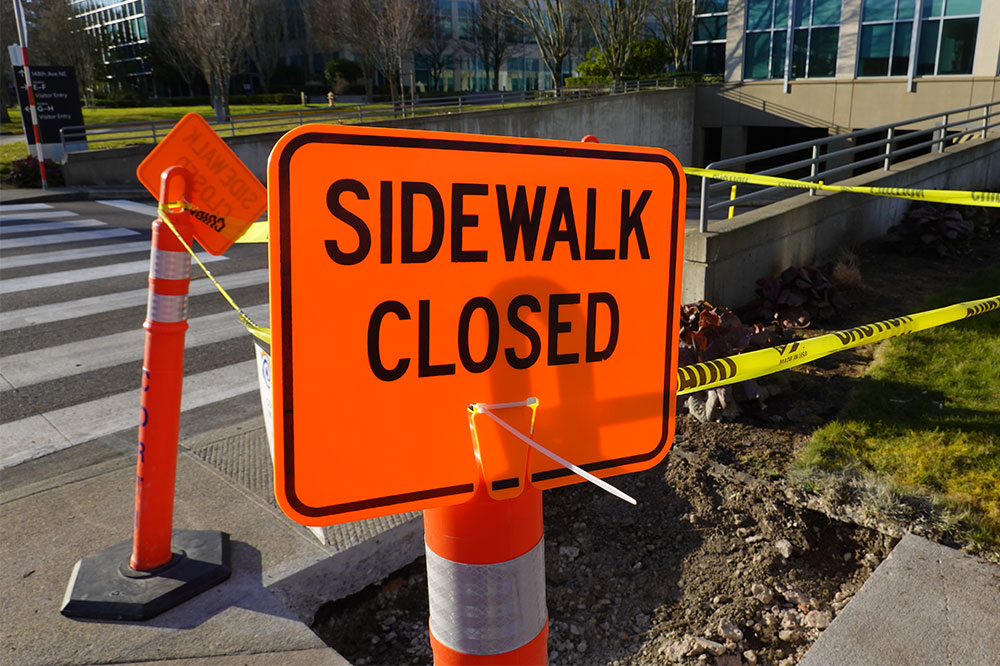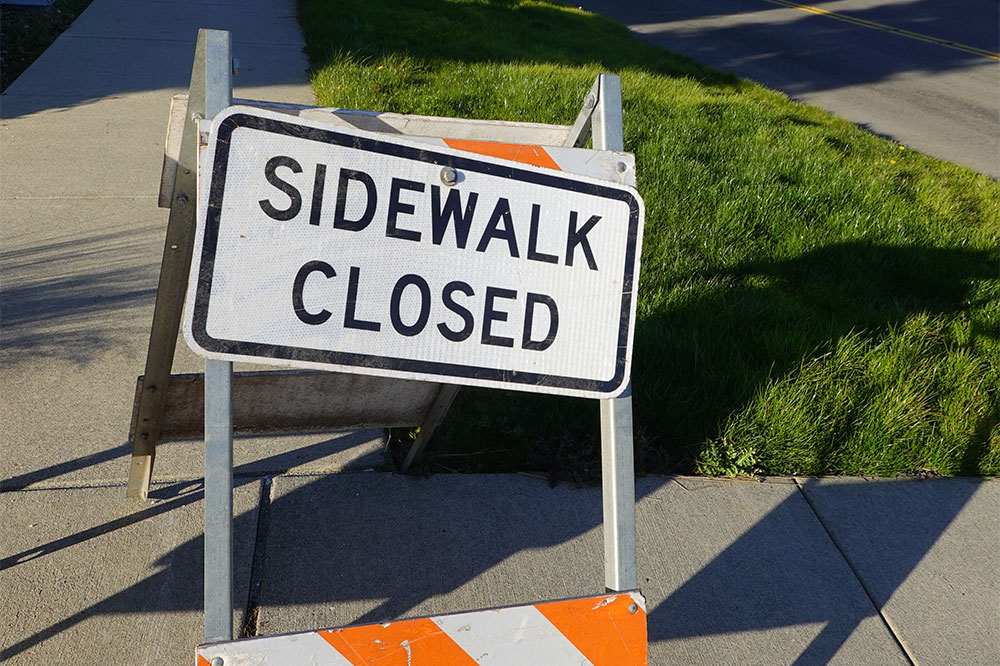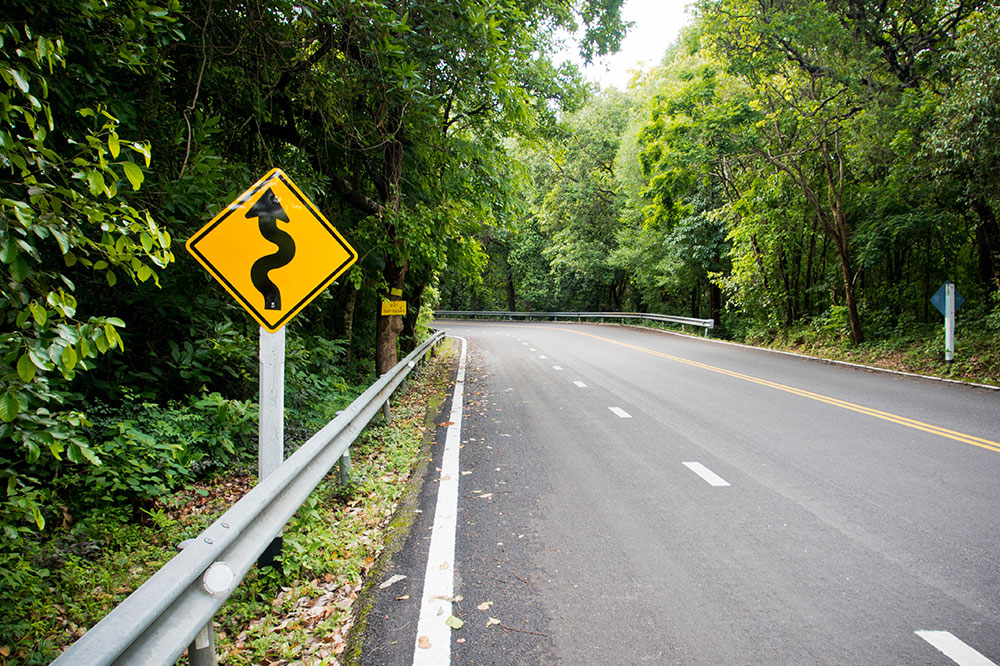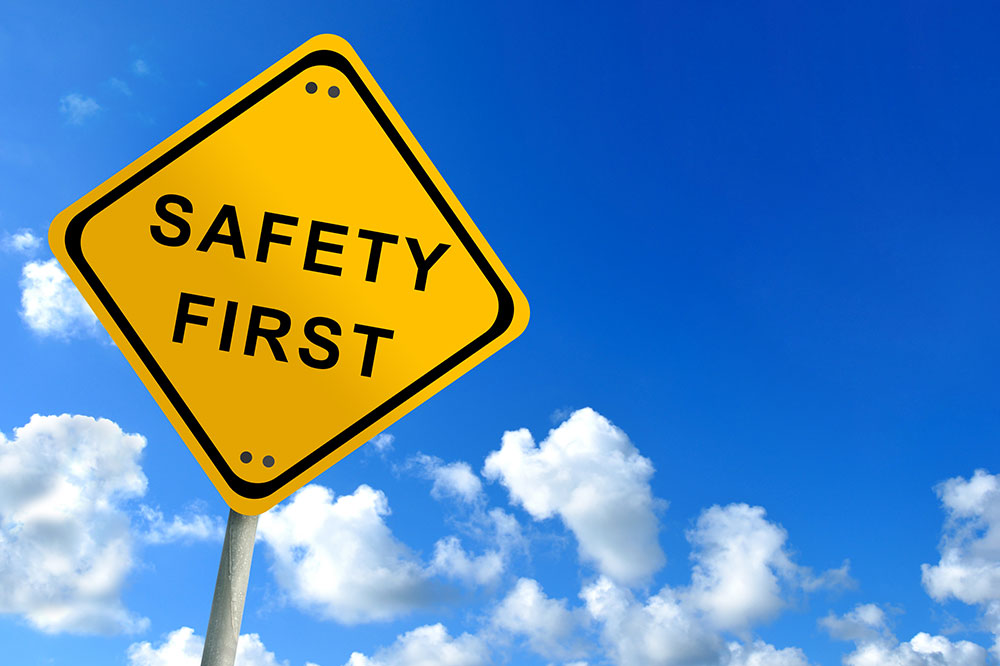Optimizing Placement and Usage of Sidewalk Closure Signs for Enhanced Pedestrian Safety
This comprehensive guide explores the significance of sidewalk closure signs, emphasizing proper placement tactics to enhance pedestrian safety during construction or emergency repairs. It details various signage types, best practices for installation, and strategic locations to maximize visibility and effectiveness, ultimately aiding authorities and construction teams in reducing accidents and ensuring safe pedestrian rerouting.
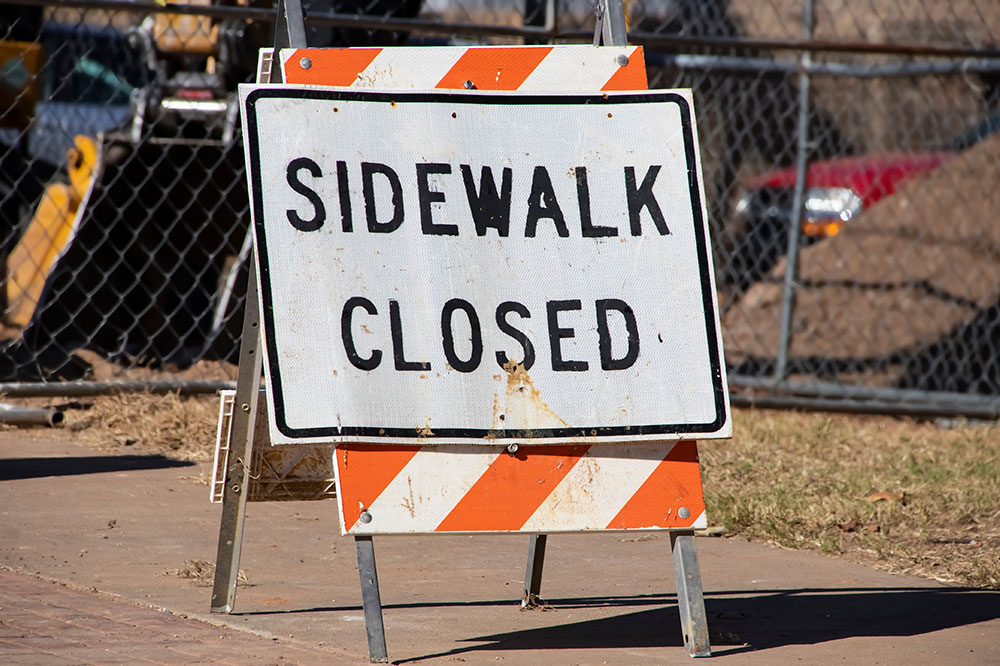
The Importance and Proper Placement of Sidewalk Closure Signs for Pedestrian Safety
In urban environments and construction zones, traffic signage plays an indispensable role in maintaining safety and efficient movement for both pedestrians and vehicle traffic. Among these, sidewalk closure signs are vital tools used to alert pedestrians of upcoming obstacles, ongoing construction, or emergency repairs that necessitate closures of walkways. Properly installed and accurately positioned sidewalk closure signs can significantly reduce accidents, guide foot traffic effectively, and ensure that pedestrians are aware of hazards well in advance. When managing street safety, understanding the significance of these signs and mastering their correct placement becomes crucial for municipal authorities, construction crews, and safety officers alike.
The Critical Role of Sidewalk Closure Signs
The primary purpose of sidewalk closure signs is to redirect pedestrian foot traffic safely away from hazardous zones such as construction sites, damaged sidewalks, or other obstructions. These signs act as visual cues that inform pedestrians about restricted areas and offer alternative routes. Despite these measures, a common challenge faced by safety personnel is that pedestrians sometimes overlook or ignore warning signs, leading to potential injuries or accidents. This highlights the importance of highly visible, strategically placed signage that can catch attention quickly and convey clear instructions.
Effective placement of sidewalk closure signs is essential because pedestrians tend to follow habitual routes unless prompted to change course. Signs must be highly visible, equipped with clear messaging, and positioned at key points to ensure that pedestrians are adequately informed and diverted safely. The placement strategy should take into account the flow of foot traffic, pedestrian behaviors, and the visibility of signage from a distance to prevent confusion and accidents.
Typical sidewalk closure signage includes various types designed for specific scenarios:
Sidewalk Closed (R9)
This straightforward sign indicates that a specific sidewalk section is temporarily closed. It should be prominently placed at the beginning of the closed zone, especially at intersections or entry points, to alert pedestrians early enough to change their route. For long-term closures spanning multiple blocks, additional signs along the route help maintain clear communication and avoid confusion.
Sidewalk Closed (Arrow), Use Other Side (R9-10)
When a sidewalk is closed on one side of the street, this sign informs pedestrians to utilize the sidewalk on the opposite side. Placement usually occurs at the start of the closure, ideally at crosswalks or intersection points, guiding pedestrians smoothly towards available pathways without causing congestion.
Sidewalk Closed Ahead (Arrow) Cross Here (R9-11)
This warning sign is used to notify pedestrians about an upcoming sidewalk closure beyond the current point. It should be installed prior to the closure zone, guiding pedestrians to cross safely at designated crosswalks or use alternate routes that are clearly marked.
Proper installation of these signs requires understanding pedestrian flow, visibility conditions, and the nature of the work zone. Regular maintenance, such as cleaning and ensuring visibility during nighttime or adverse weather, is also essential to sustain their effectiveness. Moreover, incorporating reflective materials or LED lighting can enhance visibility further, especially during low-light conditions.
In conclusion, the strategic use and placement of sidewalk closure signs are fundamental to urban safety management. By effectively informing pedestrians and guiding them away from danger zones, these signs help prevent accidents and facilitate smooth pedestrian mobility even during disruptions caused by construction or emergencies. Ensuring that these signs are clear, visible, and correctly positioned is a shared responsibility among city planners, construction teams, and safety officials dedicated to creating safer urban environments.
